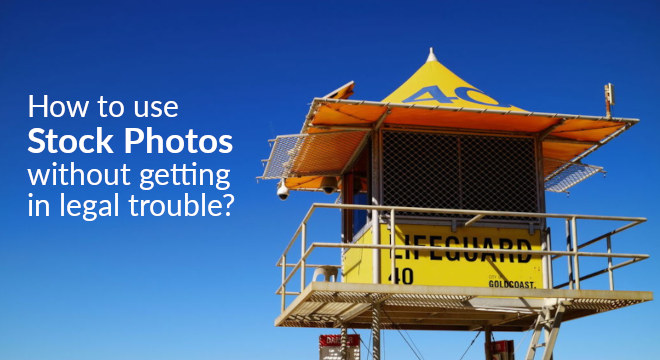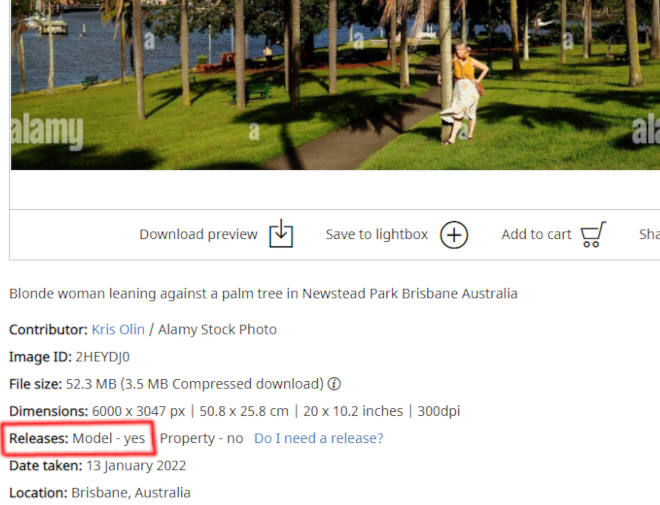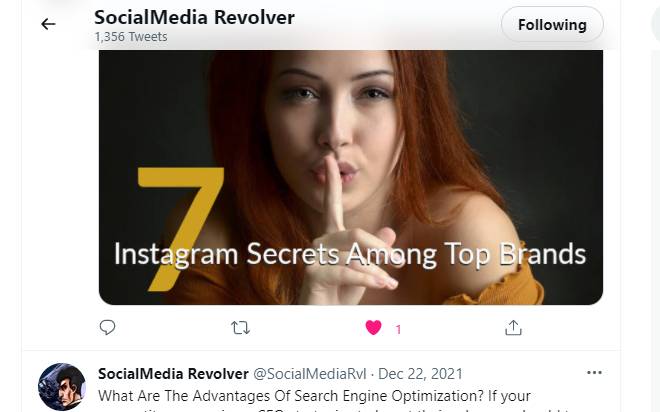A stock photo is an ideal solution if you need quick, inexpensive images for a website, a social media ad campaign, or other online projects. You can benefit from a host of websites offering these photos for low prices or even free.
Sounds too good to be true? Right? Well, it is true! But there is a catch!
When using stock photos, you must ensure that you’re doing so legally.
Stock images come with different usage restrictions from the publisher. This includes whether they can be commercially used, how often they can be used, and if particular uses are prohibited. The guidelines mainly depend on the license type offered by the stock photo agency. If you fail to abide by the licensing agreement, your website can receive a DMCA takedown notice. In severe circumstances, you can be sued and taken to court over violations.
This is why It is essential to understand the rules of using stock photos.
Let’s dig in to understand the license types better and avoid legal troubles while using stock photos.
Image License Types
It is imperative to know the license types before using them. This understanding will help you avoid the inappropriate use of stock photos.
Royalty-Free (RF)
In a royalty-free stock photo license, the owner sells rights to the image against a one-time fee. Once you pay the royalty fee, you can use these images without restriction for most projects.
Some of the key features of a Royalty-free image stock photo include:
- You can crop, retouch, recolor, or alter royalty-free images.
- You can use them for any length of time.
- Ideal for social media such as eCommerce, Facebook ads, brochures, and corporate presentations.
- The images cannot be used for endorsement purposes or making logos.
- You cannot resell these images to third parties.
Rights-Managed (RM)
A Rights Managed License allows one-time use of an image for a specified period and purpose, making it very restrictive. If you want to use the same picture for another project, you need a new license.
The key features of a rights-managed license include:
- You can secure exclusive and nonexclusive rights for the images.
- Exclusive rights are typically for a defined period.
- The history of image usage is generally available with the stock photo agency.
- You can get an RM license to reproduce the image for ad and print media campaigns at a mass scale.
Editorial Rights
An editorial license allows you to use images for non-commercial editorial purposes, such as newspapers, personal blogs, newsletters, and events.
Note that the editorial rights license cannot be used for:
- Advertising
- Product promotion
- Endorsements from third parties.
Creative Commons (CC)
There are multiple versions of Creative Commons licenses. These can be used for most types of projects for free.
However, some key points you should remember when using pictures that fall under the creative commons license:
- You must attribute the photos to the source.
- Generally, photos under the creative commons license are not available for commercial use.
- You cannot sell the original media to a third party as your work.
5 Tips To Avoid Legal Trouble When Using Stock Images
Now that you know different license types, here are some helpful tips to make stock photo selection further easier and safer for you.
1. Check The Images Licenses
Always pay careful attention to the image licenses before using them for any purpose. Although you may know about the license types, some agencies also add personalized clauses within the terms.
Read the license agreements carefully, especially when you need the media for commercial purposes. You can find some beneficial information in the fine print.
Check the content available with different stock photo sites to find the best images and license agreements that suit you.
2. Use Royalty-Free Images
If you plan to use stock photos regularly, purchasing royalty-free images is the safest option from a legal perspective. You can use them multiple times within the confines of the license.
However, if you need them for a commercial campaign, carefully read the license before acquiring the images to ensure that you can use them for the said purpose.
3. Choose Your Photos Carefully
The best way to stay out of legal trouble is to be very careful when choosing stock photos, even if they are copyright-free.
For submission on stock photo sites, the photographer surrenders the ownership of the resource. However, they don’t have the ‘rights’ of the specific models that appear in the photograph. This includes:
- An identifiable person or animal.
- Private properties.
- Government buildings.
- Trademarks and logos.
- Landmarks.
Avoid pictures that contain any of the above elements. And if you do plan to use their photographs, it is necessary to obtain a signed release from the people representing them.
If you buy stock pictures from an agency, it is generally their responsibility to acquire the necessary release. However, do make sure the release is attached to avoid legal trouble. Suppose you do get caught using a picture without a model release. In that case, the liability of infringing the law falls on you. And the consequences can be harsh.
4. Properly Attribute The Images
You can always avoid copyright violations by properly attributing the images where required. If you’re not sure about the attribution requirements, read the license or reach out to the stock photo agency.
If you’re still unsure, it is better to be safe and add the credits. When you upload a photo to your blog, website, or any marketing material, add attribution in the image tag or image title tag.
5. When In Doubt, Don’t Use The Image
If you have doubts about the usage of a certain stock photo, it’s better not to use it. This rule especially applies to the use of pictures in a commercial project.
There are always other images available that you can use. And it’s best to use them instead of risking lengthy legal proceedings.
Bonus Tip
If the photo owner or anyone else claims a copyright violation and asks you to remove the image, take it down right away. You can get a different picture for your campaign, and the effort is worthwhile to avoid legal troubles.
You can always double-check if the claim is correct or otherwise. Of course, if someone forced you to remove the image without having its ownership rights, you too can exercise your legal rights.
How To Safely Use Stock Photos On Social Media
The rules differ slightly when we use stock photos for social media posts. As we are all aware, popular social media channels like Facebook, Instagram, and Pinterest are visual platforms. And thus, require a constant stream of unique photos.
Some rules to safely and creatively apply stock photos in your social media uploads include:
- Read the terms for your social media channel.
- Make sure the license of the image allows its usage in social media.
- Use stock photos from the same photographer or color palette to match the overall branding.
- Mix stock pictures with your own collection.
- Choose photos that allow editing.
Consequences Of Copyright Violations Of Stock Photos
There can be financial penalties for violating copyright, even if it’s unintentional. Penalties for such violations vary in different countries. Most copyright infringement cases are subject to civil penalties only, but deliberate violations can also result in criminal penalties.
If found guilty of copyright violation, you could face heavy fines for each infringement. In some cases, you may also have to bear court fees and legal expenses for the other side.
Final Words
There are millions of stock photographs available online. You can always find the one that fills the needs of your project. While you select these images, you must pay attention to their licenses to avoid any risk of legal issues in the future.
It can take some time and effort to find the ideal photos with the license that suits you. However, it is worthwhile as long as you can add high-quality media to your blogs, ads, or any other project.
Note from Editor: Nothing in this article shall be considered legal advice. Social Media Revolver and/or the author are not liable for any damages that may occur to you as a result of your misuse.
[Image credits – Main image: Eyeem; Gavel: Image by 3D Animation Production Company from Pixabay; Model Release example: Alamy/Kris Olin; Social media post example: Image by Jerzy Górecki from Pixabay; other images, videos, infographics and/or screen prints are from their respective websites and/or social platforms]
Amos Struck is an entrepreneur and stock imagery expert. He is the chief editor at Stock Photo Secrets and strives to educate people regarding the industry. Amos has a passion for social media, digital marketing, and visual imagery. And he also loves food




